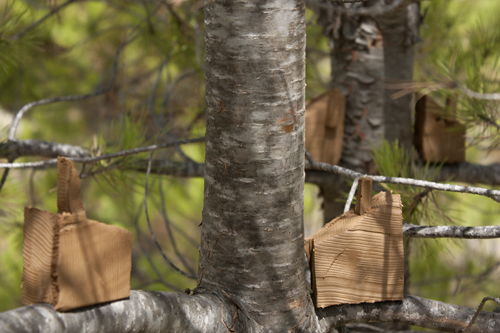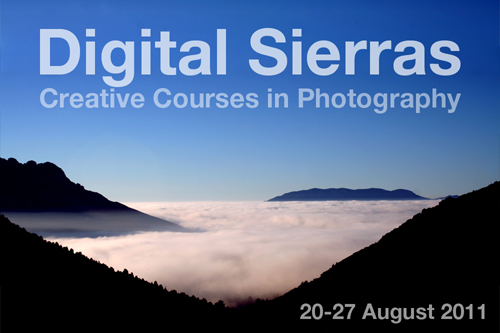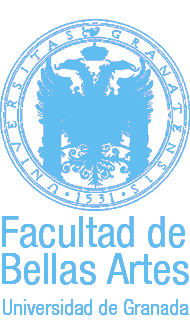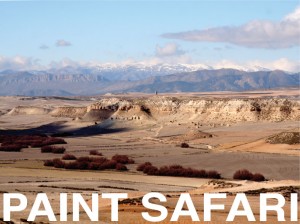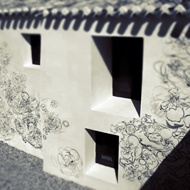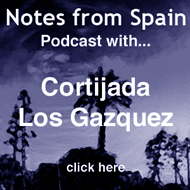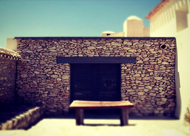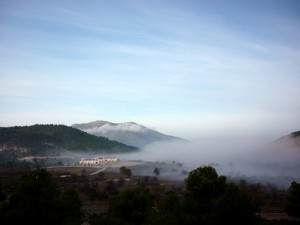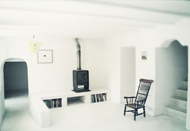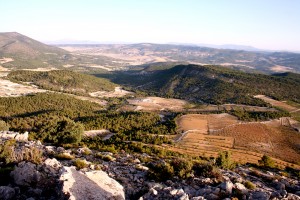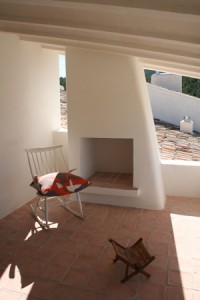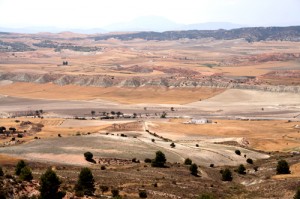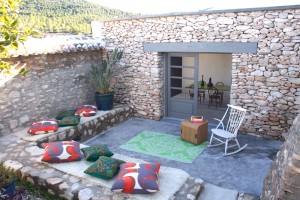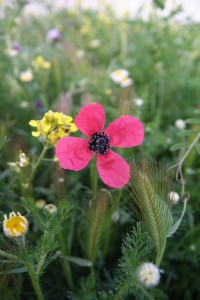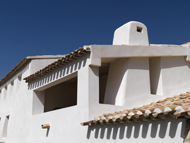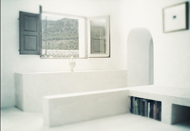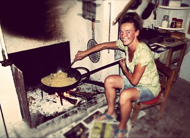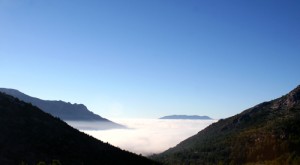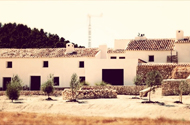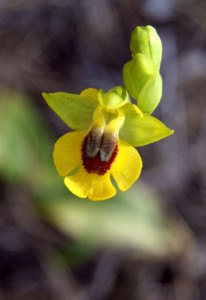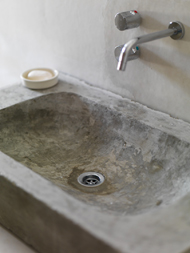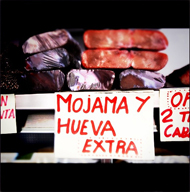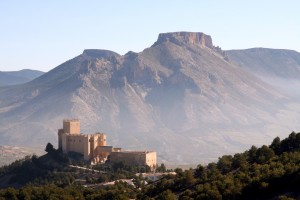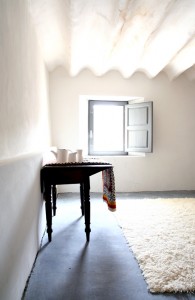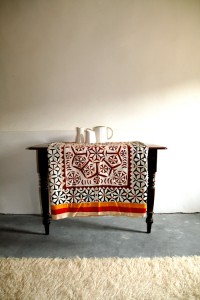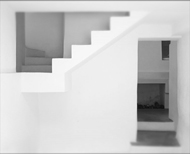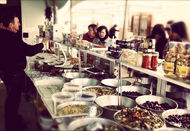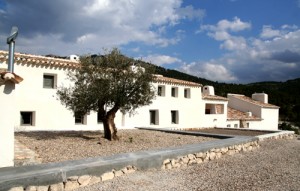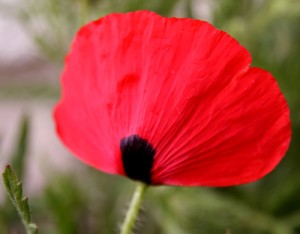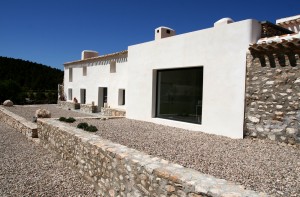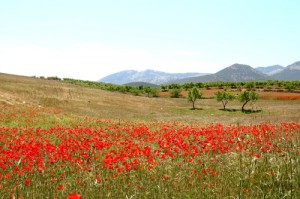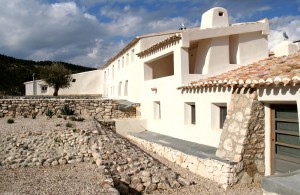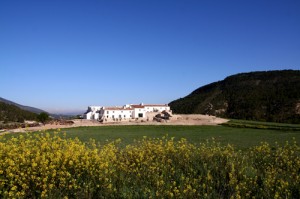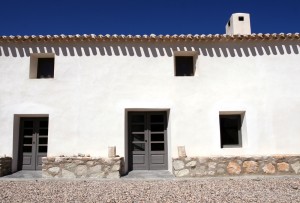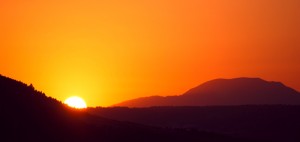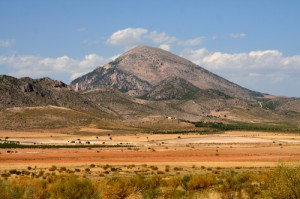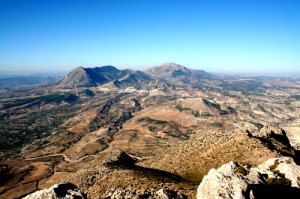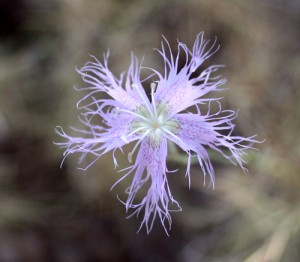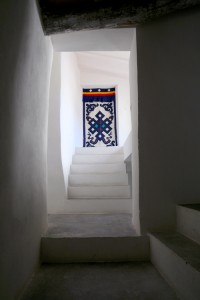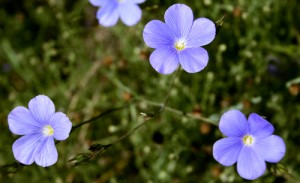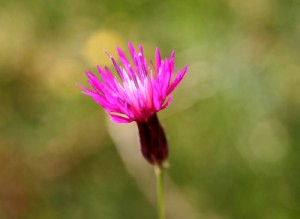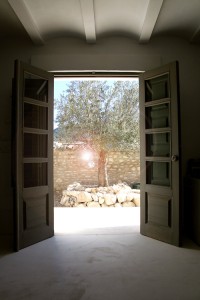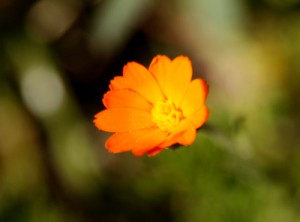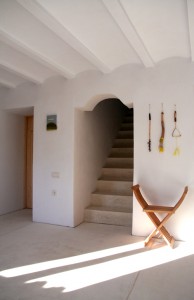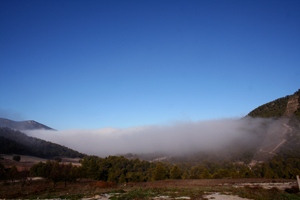August 25, 2011 at 9:07 am
· Filed under Joya: art + ecology
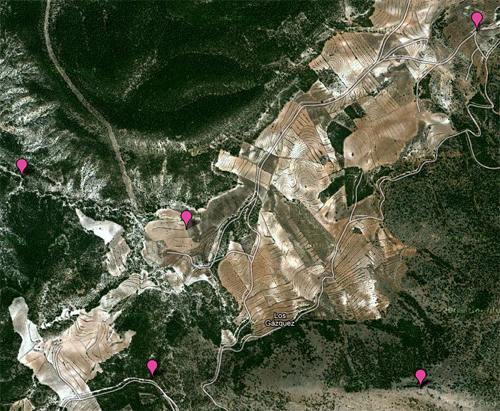
The screen grab you see here shows the distribution of works from our recent project ‘Las Urbanizacioncitas Salvajes’. If you click on the image it will take you to Google Maps where you can see more geographic detail and images…
Permalink
August 23, 2011 at 12:13 pm
· Filed under Joya: art + ecology
‘Las Cigarra’ (The Cicadas) has an elevated aspect utilising the lateral branches of sapling Aleppo pines. Whilst some damage may occur to the host structure the liability is no greater than that of the cicada who’s habitat we are using so effectively with this urbanisation. The supine character of the horizontal branch network allows the natural engagement of neighbours thus enhancing a sense of community.
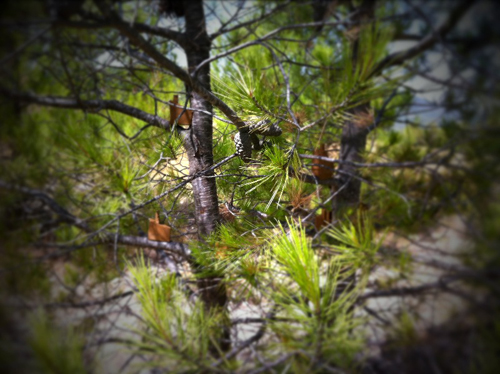

Permalink
August 20, 2011 at 11:01 am
· Filed under Joya: art + ecology
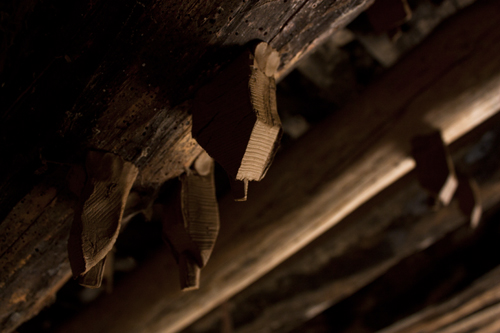
‘Los Murciélagos’ (The Bats) is a unique development forestalling conventional design principles for housing by being constructed in a perpendicularly inverted approach against the horizontal plane of an existing building. As with our other developments the location exploits the traditional habitat (in this instance nocturnal) of Noctule bats. The urbanisation also cleverly capitalises on the bats winter habit of forming hibernaculars taking advantage of each neighbours thermal emanations.
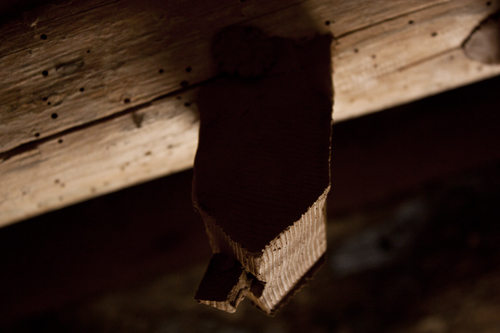
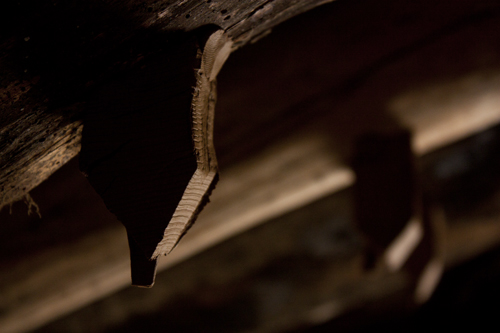
Permalink
August 18, 2011 at 5:43 pm
· Filed under Joya: art + ecology
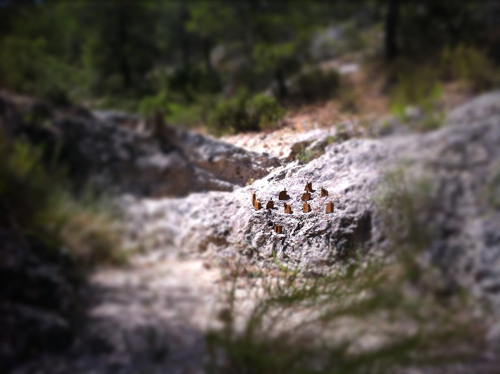
‘El Jabalí Nuevo’ (The New Boar) exploits the deep shade, cool rocks and mud pools so beloved of wild boar. It enjoys the scent of aromatic plants carried on warm breezes up the mountain. However it is subject to packs of hunting dogs and seasonal downpours.
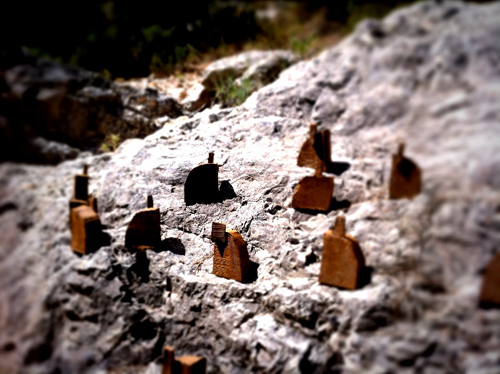
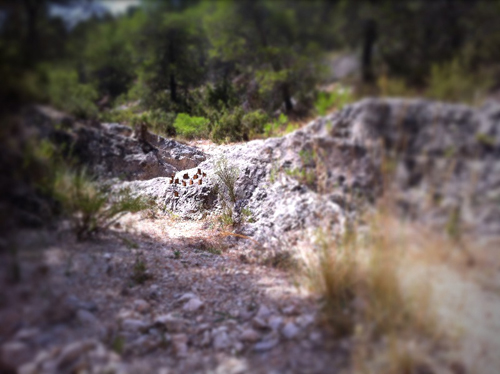
Permalink
August 17, 2011 at 5:15 pm
· Filed under Joya: art + ecology
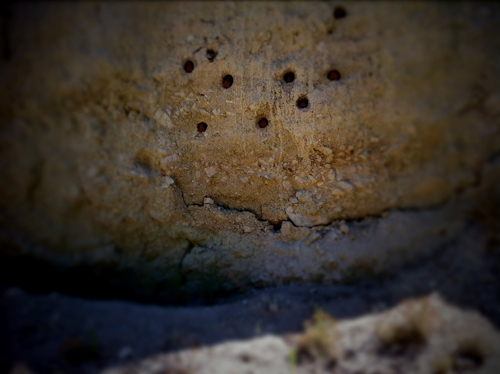
‘Los Abejarucos’ (The Bee-eaters) exploits the nest building abilities of bee-eaters by excavating into the erosional bank of clay and light stone. At 255° west on an edge of a barranco, populated with Aleppo Pine, White Poplar, Rosemary and other aromatic plants in the Parque Natural Sierra María-Los Vélez.
As with our previous development, the “new town” is above predation but subject to seasonal flooding.
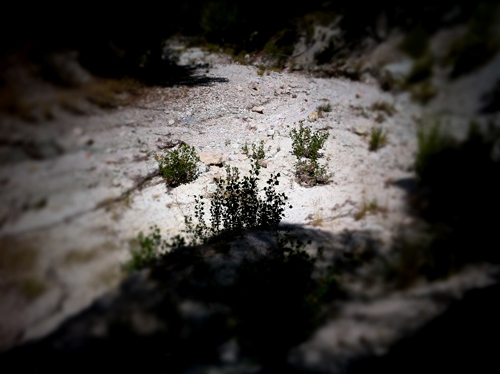
The view west following the dry fluvial system.
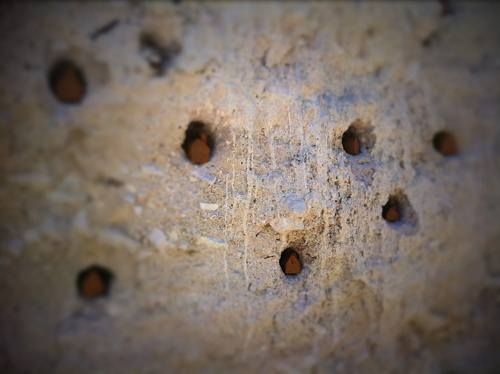
Whilst being part of a community each dwelling is independent of each neighbour.
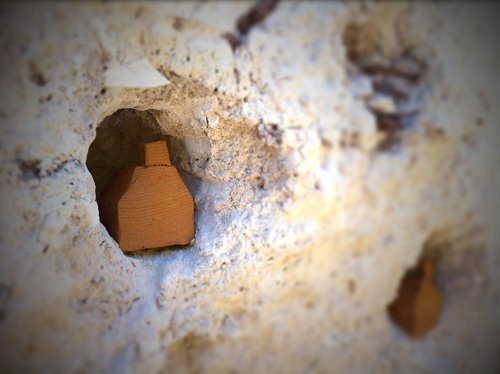
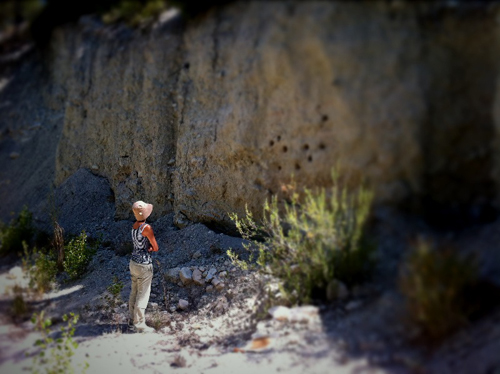
Collaborator Clarion Wells inspecting the development.
Permalink
August 16, 2011 at 6:33 pm
· Filed under Joya: art + ecology
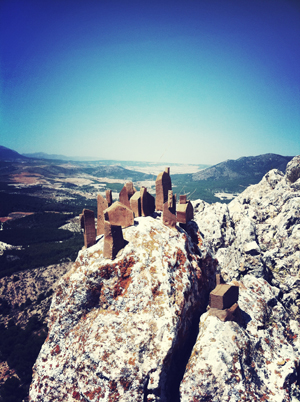 Las Urbanizacioncitas Salvajes (The Little Wild Urbanisations) is a collaborative open-ended fine art media project between Simon Beckmann (yours truly) and Clarion Wells.
Las Urbanizacioncitas Salvajes (The Little Wild Urbanisations) is a collaborative open-ended fine art media project between Simon Beckmann (yours truly) and Clarion Wells.
The initial project is to make an installation of miniature housing developments that seek to exploit the natural habitat of fauna that live in the Parque Natural Sierra María-Los Vélez. The installations will be ephemeral and synthetic, utilising only naturally occurring material that in no manner impacts on real habitats.
One urbanisation will be created a day over a period of five days. Each “new town” will have a name and be located on Google Maps, utilising alternate systems of navigation such as memory; the transient nature of dry fluvial systems; and the sound carried by the thermal winds.
The project will be shared online through this blog, the Joya: arte + ecología Facebook and Flickr pages, and a smartphone application.
#1 ‘El Ojo de Buitre’
‘Los Ojos de Buitre’ (Eye of the Vulture) is a new vernacular development made from naturally occurring material. At 1600 metres with a 360° panorama of the Parque Natural Sierra María-Los Vélez, the “new town” enjoys views only previously exploited by Griffin vultures, which use the south-facing cliffs as a roost to access thermal updrafts.
Permalink
August 13, 2011 at 2:22 pm
· Filed under Creative Course / DIGITAL SIERRAS
Permalink
August 8, 2011 at 4:41 pm
· Filed under Joya: art + ecology
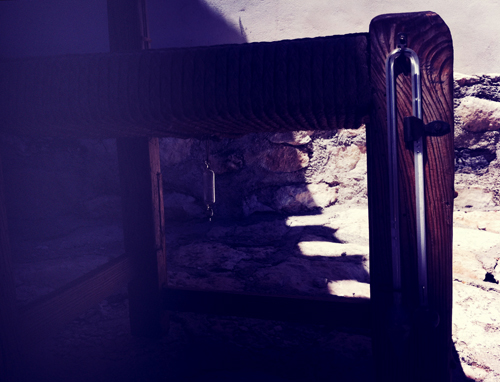
‘HOTSEAT’ concludes this Joya: arte + ecología residency with an installed work with many small thermometers. The thermometers have been meticulously inlaid within the structure of an abandoned old chair, which was found in a local ruined house.
These thermometers are antique and have been measuring weather, body and cooking temperatures for many decades, and will continue to do so in their new ‘hot seat’. Climatic change at Los Gázquez will continue to be constantly measured by these apparently obsolete devices, wherever the chair is placed.
Joya: arte + ecologia artist Louise Short
Permalink
August 8, 2011 at 3:40 pm
· Filed under Joya: art + ecology
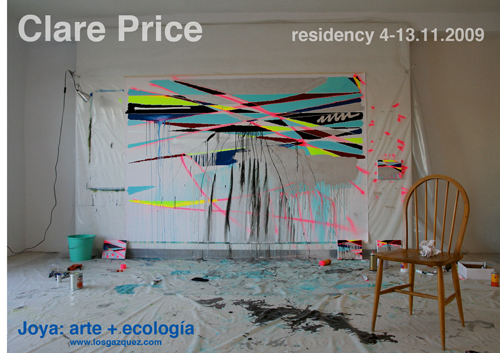
Do you have anything exciting on the horizon?
In November I am returning to Cortijada Los Gázquez, where I did a residency two years ago. I’ll be in the mountains in Andalucia with nothing to think about but painting for 10 days. I also have a show at Studio 1.1 next year which I am making work towards and am very excited about. The studio is also really both exciting and overwhelming me at the moment. Things are in flux and wide open….
To read more follow this link...http://standardinterview.blogspot.com/2011/08/clare-price.html
Permalink
August 8, 2011 at 12:02 pm
· Filed under Joya: art + ecology
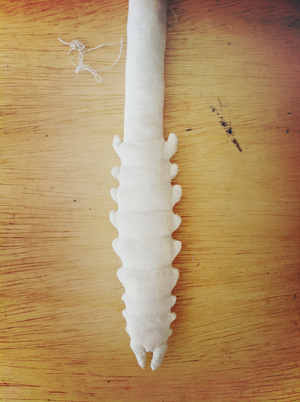
BEE STING…
‘Returning to Los Gázquez and Joya: arte + ecología for my fourth visit I brought with me ‘THE HONEY BEE - IT”S NATURAL HISTORY, ANATOMY AND PHYSIOLOGY’ published in 1890 by Houlston & Sons. I am transfixed by the extraordinary illustrations of the anatomy of the bee sting. I have been keeping bees for eighteen months now and just three weeks ago I experienced my first bee sting- five at once in fact, due to a moments carelessness on my part. I also brought along a small sewing kit intending to repair my old camera bag. The stitching process began to get a little muddled in my head and I started to sew a bee sting out of a scrap of linen and stuff it with thistledown that’s burst into clouds all over the fields in front of the cortijada. I wasn’t able to finish it before I left but I will be back soon I hope…’
Joya: arte + ecología artist Alice Forward
Permalink


